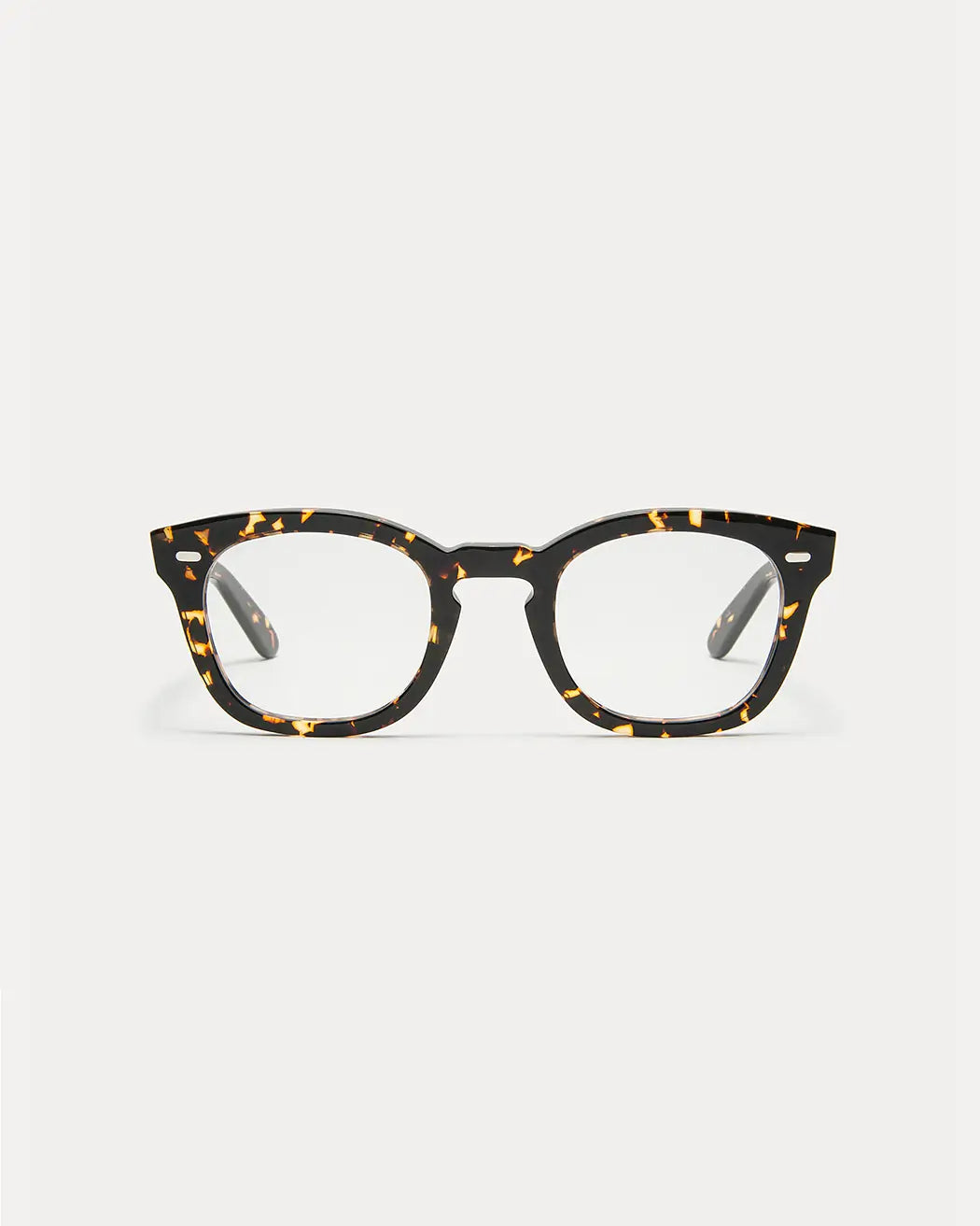What is Glaucoma?

Glaucoma is a leading cause of blindness around the world. While there is no cure for glaucoma, it can be easily treated if caught early and managed correctly.
All About Glaucoma
Primary Open-Angle Glaucoma (POAG) is an eye condition that causes damage to the optic nerve - more specifically, glaucoma is damage or death to the nerve fibers in the retina which collectively make up the optic nerve.
These nerve fibers and the optic nerves are the hardwire from your eye to your brain. They carry information that you see so your brain can process it and form a visual image. When there is damage to these nerve fibers or the optic nerve, the image doesn’t completely make its way to the brain resulting in blind spots and reduction in your field of vision. When left untreated, glaucoma can lead to permanent blindness.
What Causes Glaucoma
Primary open-angle glaucoma is usually caused by an increase in intraocular pressure (IOP) in the eye, which can be due to various factors such as blockage of the normal drainage of fluid in the eye (aqueous humor), or production of too much fluid in the eye.
This increase in IOP can alter the state of homeostasis in the eye and damage the fragile nerve fibers located on the front of the retina.
Glaucoma Risk Factors
- Age: The risk of glaucoma increases with age.
- Race: African Americans and Latinos have a higher risk of glaucoma than Caucasians.
- Family history: If someone in your family has glaucoma, you are more likely to develop the condition.
- High IOP: People with high IOP are at a higher risk of developing glaucoma.
- Certain medical conditions: Diabetes, high blood pressure, and other medical conditions can increase the risk of glaucoma.
- Previous eye injury: A previous injury to the eye can increase the risk of glaucoma.
Signs and Symptoms of Glaucoma
Most people with primary glaucoma have no signs or symptoms.
You can’t feel it, you can’t see it, you do not know it is happening.
Only through a specialized eye examination can your doctor diagnose glaucoma in your eyes. At your eye exam, your doctor will examine the health of your eyes, check your eye pressure (IOP) and may even evaluate your field of vision.
Most glaucoma is not diagnosed with only one eye exam. Today, glaucoma is diagnosed, monitored and managed using a combination of special tests that will evaluate the structure and functional health of your optic nerve.
Common Tests for Glaucoma
- Tonometry: This test measures the intraocular pressure (IOP) in your eye.
- Digital Retinal Image: A specialized camera will image your optic nerve and retina to allow your doctor to examine the health and look for any structural changes.
- Perimetry: This test measures the visual field by presenting a series of lights of different intensities and measuring the patient's response.
- Nerve Fiber Analysis: Today, the most common test for glaucoma is the OCT. This test uses special lasers to measure the thickness of the nerve fiber layer in your eye and is the most accurate measurement for glaucoma.
How To Treat Glaucoma
Treatment for glaucoma depends on the type and severity of the condition. The main goal of treatment is to lower IOP to prevent further damage to the optic nerve. Treatment options include:
- Medications: Eye drops or oral medications can be used to lower IOP by reducing the production of fluid in the eye or increasing its drainage.
- Laser surgery: Laser surgery can be used to create a new drainage channel in the eye or to shrink the tissue that is blocking the normal drainage of fluid.
- Microsurgery: In more advanced cases, a microsurgery procedure called trabeculectomy can be performed to create a new drainage channel in the eye.




